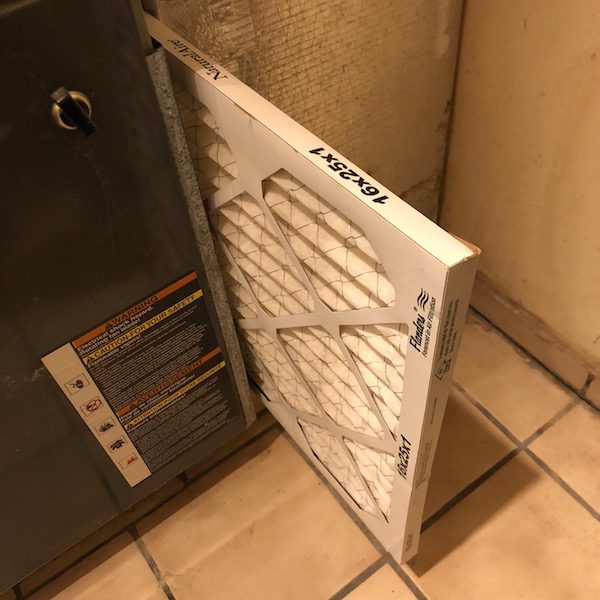Developing a Game Plan for Eliminating Allergy Triggers in Your Home

Spring is in the air, though that’s not always a good thing, especially if you’re one of the millions of Americans who suffer the living hell of allergies every year. Fortunately, nobody is defenseless from this common malady. You can take a number of effective steps to eliminate and/or avoid allergy triggers.
Follow these tips to help you and your family enjoy a more comfortable and healthier spring and summer this year.
Steps to Reduce Allergens in Your Home
- Make sure your forced-air cooling system, whether an AC or heat pump, has a fresh and effective air filter throughout allergy season. Don’t settle for a $3 flat-panel filter that only removes the largest of airborne particulates.
Many allergens will blow right through a low-efficiency air filter. These may include a range of allergens, among them
- mold spores,
- dust mites,
- pollen,
- human and pet dander,
- bacteria
- and more.
Check the air filter every month, replacing it when it looks dirty or clogged. One good test is to hold the filter up to a light; if the clogged filter mainly blocks the light, it should be replaced.
- At the start of the allergy season, clean the blades on your ceiling fans. Fan blades can collect a lot of household dust over the long winter, and when you start running them in the spring, guess where all that dust goes?
- Keep HVAC equipment clean. Dust and dirt that accumulate in your utility room can get sucked in by the AC air handler, and blow into the rooms in your home.
- Implement a rule that anyone who enters your home must remove his or her shoes. People can unwittingly bring in a significant amount of pollen and other allergy triggers on their footware. The same applies to coats and hats.
- Pets also can serve as transportation for allergens. If you have one or more inside-outside dogs or cats, brush them before they enter the house, and make sure they don’t get on furniture. Better yet, minimize their harm by keeping them in certain parts of the house and out of bedrooms.
- During allergy season, change sheets, pillow cases and other bedding at least every week. Dander, dust mites and other contaminants can thrive in dirty bedding, and increase allergy risks for you and your family.
- Be on guard for the introduction and/or spread of mold in your home. Eliminate sources of dampness and quickly clean any mold that appears on floors, walls, ductwork or other areas.
For more serious mold problems, consider calling in a professional. You don’t want to mess around with mold if you’re not confident your efforts will be effective.
- Remove dust and dirt from around HVAC registers and vents. Schedule a duct inspection with your favorite heating and cooling service every several years to make sure contaminants aren’t collecting inside ductwork, increasing allergy triggers in your home.
- Effective ventilation is essential to any attempt to improve indoor air quality. Replacing stale, contaminated air with fresh air multiple times a day will go a long way toward reducing allergens in the home.
- To make sure your campaign against allergy triggers will be effective, consider installing a whole-house air-cleaning or purifying system. The best of these systems combine a number of air-cleaning strategies.
